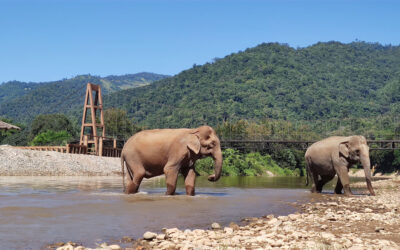FT Asia Editor Victor Mallett’s analysis piece on India yesterday is a worth a look. Scarcity issues are slowly assuming centre stage:
It is slowly dawning on Indian policymakers that the country’s much-trumpeted “demographic dividend” – the population surge that will increase the workforce to 800m by 2016 and make India the world’s most populous nation – may turn out to be more of a threat than an opportunity.
Who will create the jobs to absorb the net increase of 71m young people of working age over the next five years? Most are poorly educated and only a fraction will find regular work.
Who will feed them and supply them with water and fuel? India has 18 per cent of the world’s population but only 4 per cent of its fresh water and just over 2 per cent of its land area. Many of the country’s groundwater aquifers are already in critical condition. Available per capita water supply has declined since 1975 and water demand is set to exceed all usable sources of supply by 2050.
The bulge of young people today, furthermore, will in time become a bulge of pensioners in a country where only 11 per cent of the working-age population have formal pension arrangements. India will thus face the same problems of ageing and high dependency ratios as Japan and Europe today, only on a larger scale.
All six risks facing India identified by the WEF and the CII – inequality within a rising population, water shortages, high oil prices, global protectionism, climate change and infectious diseases – originate, at least in part, in the alarming growth of the Indian population.



